What You Need To Know About Falling Off An E-bike

So, I finally got around to writing up something I've been wanting to for a long time: what to do if you fall off an e-bike. You must have fallen off your bike at least once a week as a kid since it's one of the few things you're good at. As you always say, "practice makes perfect." If you've ever had a mishap while riding your e-bike, this article will provide you with some helpful pointers.
Every person who rides an e-bike for any length of time eventually falls off. While riding an e-bike, falls due to external factors are common. Therefore, falling without getting hospitalized is a talent that takes consideration and practice. This article describes how to check your body and e-bike after a fall in the woods or on the road, as well as how to safely ride an e-bike before returning to the road.
1. Check Your Body Parts for Fall Injuries
As a doctor, Dr. Michael Ross has seen every conceivable riding injury. As another common response, he hears "I'm alright" from folks who have fallen off their e-bikes but are unable to get back up. He said that if you fall off your bike, you should carefully stand up, take your time, and check whether you can move your body. Rather than returning to your e-bike immediately, you should check for injuries and make sure everything is in working order before continuing. "Have you checked your mobility to make sure it's okay to ride?" A Mr. Michael Rose enquired. The question: "Are you still able to raise your arms with the same ease?" To what extent do your neck and shoulders suffer when you look up, down, left, and right? Don't assume that you can still ride the bike without checking it out first. Let your pal help you out when the time comes.
2. Take Basic First Aid Measures
Be sure you're okay to get up and start moving about after falling off an e-bike. Ponder the following questions: Check to see whether your body parts are awake. Is there something wrong with the skeleton? Does anyone know whether there's serious bleeding going on? Be careful not to walk about if you suspect you've sustained a major injury; instead, get aid (by calling for it or seeing if someone is passing by) or look for a drugstore or healthcare sign. If you can walk, Dr. Ross says you're OK to go, and if you can pick up the bike, your upper body is great. "All joints should be flexible and able to support the weight of the body," says Michael Ross.
3. Head Injury
According to Ross, the easiest way to check for a head hit is to see whether your helmet is cracked or shattered. That's OK, he continued, "if you still know what I'm talking about." Confusion and lightheadedness are common symptoms of a moderate concussion; if you don't know where you are, Ross warns, things are dire. When you get up from a fall, you might think you're OK and that you're continuing to feel fine, but this can be deceptive, and it's important to check in with yourself to make sure everything is well.
4. Check the rims and tires
If you think you're okay and have only minor injuries, such as scratches, check out your e-bike. Scott Kelly, the head mechanic for the Scott-3Rox competition, will be stationed at the on-track service shop for any drivers who need assistance. Regularly, he inspects the battery, the tires, and the brakes.
Kelly isn't the kind to check out the tires before anything else. If a bike has fallen, the most likely place for foreign things to lodge themselves would be in the wheels, so it makes sense to inspect them first. If you do lose control of your e-bike, Kelly recommends checking the tire pressure to ensure that the tires are not punctured, spokes are not damaged, and brakes are not broken. If these tests pass with flying colors, it's time to move on to further add-ons.
5. View Additional Accessories
Kelly examines the e-bike she slammed into, paying special attention to the brakes and derailleurs. He cautions about getting back on the bike after an accident only to find that the derailleur has moved and is now difficult to shift. In addition, he makes sure the front and rear derailleurs are in working order before making any adjustments to the derailleur itself, as he may damage them in the process of shifting. Afterward, you should examine the chain to determine whether any links are stuck or broken and how well they have been repaired. You should also double-check the stability of your saddle by checking its attachment to the seat tube.
6. Examine The E-Bike Frame
Last but not least, examine the frame of the e-bike thoroughly to determine whether it is cracked or damaged. It is very important to double-check the carbon frame. It's easy to damage the carbon frame due to the nature of the material. If it breaks and you continue to ride it, you risk having a more catastrophic accident. Steel construction is marginally superior.
7. Make A Perfect Cycling Plan
If you and your companions are planning an e-bike trip to a remote location, you should anticipate the possibility of a fall. It's a good idea to include a multi-tool, a link, a spare tube, a tiny pump, and at least a pack of Bondi or gauze in case you take a spill and end up with a fractured bone while out on your bike. It is possible to repair the splint and apply a bandage after dressing a wound. Naturally, if there is social cycling software like "Ride Notes," which can detect the track via the riding and team formation functions, then when you have a crash, you can let your teammates find you promptly, and you won't be dubbed a "disaster." In this case, not calling Tian Tian and hoping for a positive outcome is a waste of time. Don't panic and lose focus in a crisis; instead, gather your thoughts and stay calm. Worrying about things doesn't do anything.
Take care when Riding an e-bike
When planning out your strategy for riding an e-bike, there are several factors to consider. If this is your first time riding an e-bike, here are some helpful hints to keep you safe and entertained.
Getting out on a bike is a great way to have some fun. It's also enjoyable to ride an e-bike. Although e-bikes and traditional bikes have many characteristics, an e-pedal-assist bike's capabilities and the electric motor may provide for a unique riding experience. Now you're probably wondering if you can ride an e-bike and, if so, how.
1. Control Your E-bike Speed
The added thrill of riding at high speeds is one of the main draws of e-bikes. Not all cyclists routinely choose an e-bike's faster speeds. Class III e-bikes in the UK may reach speeds of up to 28 mph. However, they are often ridden at far lower rates. Riding at a pace you're comfortable with is one thing, but having your motor pull you quickly while you're doing very little labor is an entirely different experience.
It may also be tough to swap gears and get going without electric assistance on an e-bike due to its weight. Feel free to utilize the electric starter if you need it. Watch where you're going with the bike. Get the clutter out of the way so you can enjoy the trip in peace. Lower the electric assist to its minimum level and familiarize yourself with the brakes. Keep in mind that you should also know where the front and rear brakes are located.
2. Watch Out For E-bike Brakes
Weight is a factor when comparing electric and conventional bikes. Since you'll need to slow down from a faster speed and stop that extra weight, focusing your full attention on stopping is a must. It's important to know how your bike's brakes feel and which lever controls which function.
One of the first things to know about a new e-bike is what sort of brakes it has. It's something you should keep an eye out for before purchasing, but once you have a bike, you absolutely must check it out. To stop with mechanical disc brakes, one must pull wires that clamp the caliper shut. The brake levers are connected mechanically, so increasing the power of your pull will result in greater braking. The single link between the brake lever and the caliper on a Shenmgilo e-hydraulic bike's disc brakes.
Once you've mastered the brakes, it's time to double-check the adjustments. To stop your e-bike, pull the brake lever. Before it reaches the handlebar, the lever must have already engaged the caliper. Is there space for a soft touch when you wish to slow down throughout the engagement? Will you be able to pull forcefully when you need to stop quickly without discomfort? Watch the video to learn how to make the necessary adjustments, or visit your neighborhood bike shop.
The next thing to verify is which lever is for the front wheel and which is for the rear wheel. One should never utilize only the front brake lever, and braking power is maximized by applying equal pressure to both levers. You can get by with just the rear brake if you're not applying much pressure, but you should still be familiar with the position of the brake levers.
You should listen to the rotor and pad contact while you ride to see whether you need to make any adjustments to the pad-to-rotor distance or caliper alignment. Furthermore, brake discs may warp or bend if they are shipped. Turn the wheel while keeping your eye on a specific area of the brake rotor to look for a bend. If there is wobbling, it will need to be straightened or replaced.
3. You Need To Be Careful Near Cars While Cycling
In general, dealing with car traffic is a hassle for cyclists, but it may be more challenging on an e-bike. Drivers have certain expectations of e-bikes, and e-bikes change the equation. The problem isn't just caused by fast-moving road cyclists, but e-bikes make it worse.
The time it takes the bike to complete a task is a major consideration for drivers. Should motorists cross bike lanes when bikes have passed? It's true, however, that when people misjudge their speed, they frequently take potentially dangerous actions. Because of their greater speed compared to conventional bikes, e-bikes amplify this discrepancy.
Ideally, motorists would stop underestimating cyclists' speeds on the road. Additionally, visual indicators indicating a road cyclist is traveling quickly include their deep-spoked bike and form-fitting gear. A cyclist on a one-handle e-bike may easily appear to be traveling at a normal pace. Drivers are not compelled to chase speed just because they are sitting up straight, wearing relaxed clothes, and cycling at a leisurely pace. The biker has no control over any of this, but knowing this will help keep you safe.
It doesn't matter what kind of bike you ride; the recommendations are the same. Expecting a driver to notice you or give you room in heavy traffic is unrealistic. Nothing about it is what it should be, yet it is what it is.
Investing in a good helmet is one measure you can take to protect your head. Look at our advice to figure out what steps to take next.

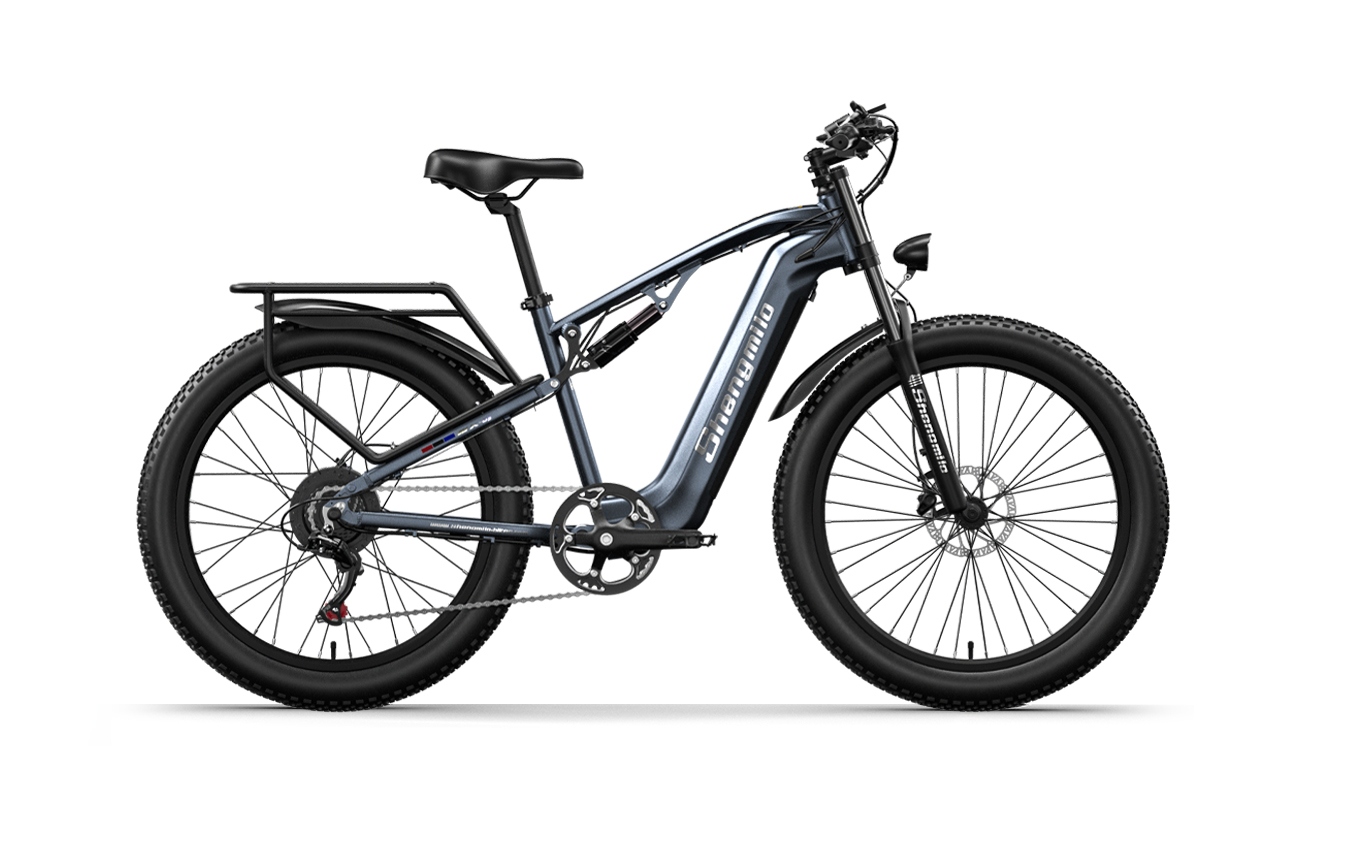
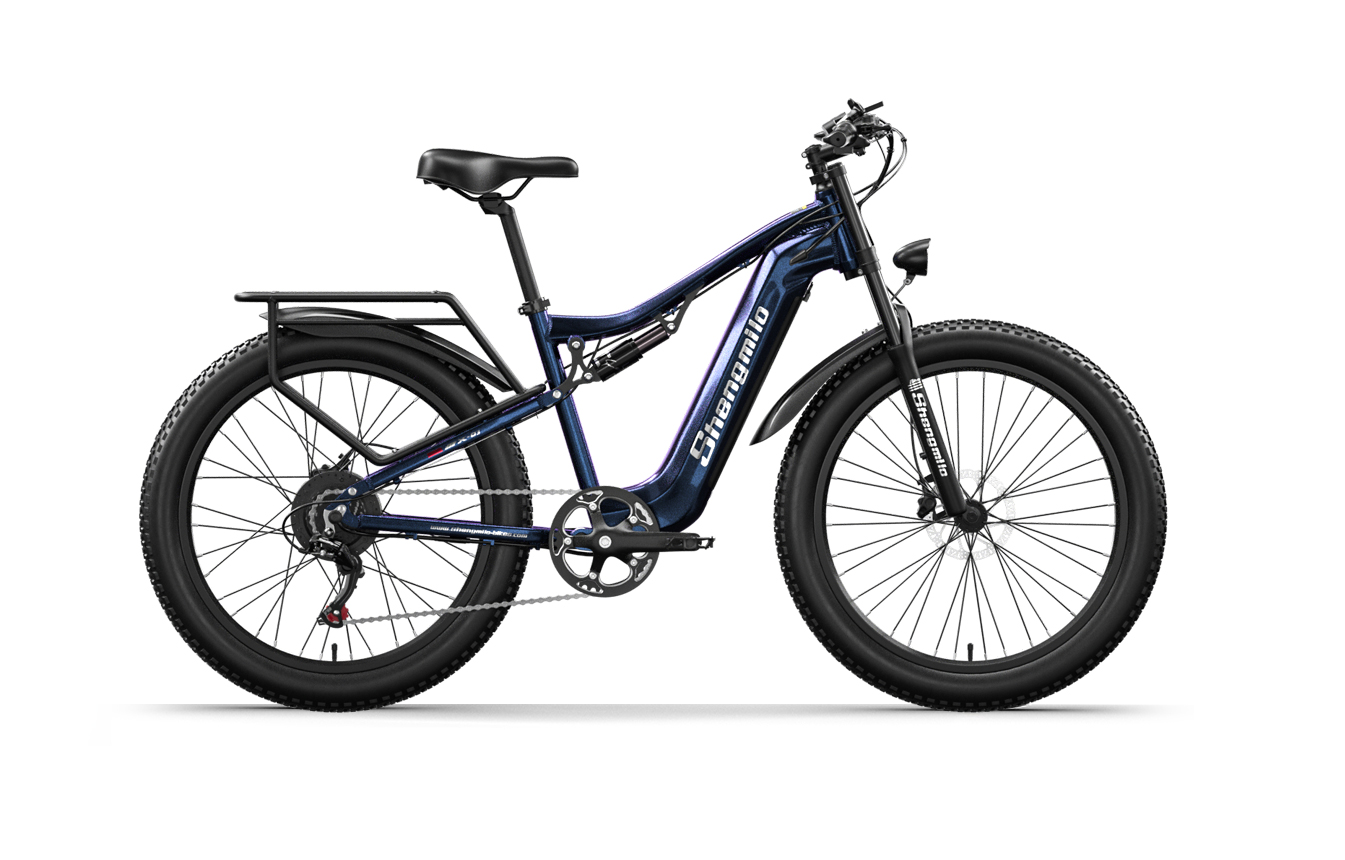
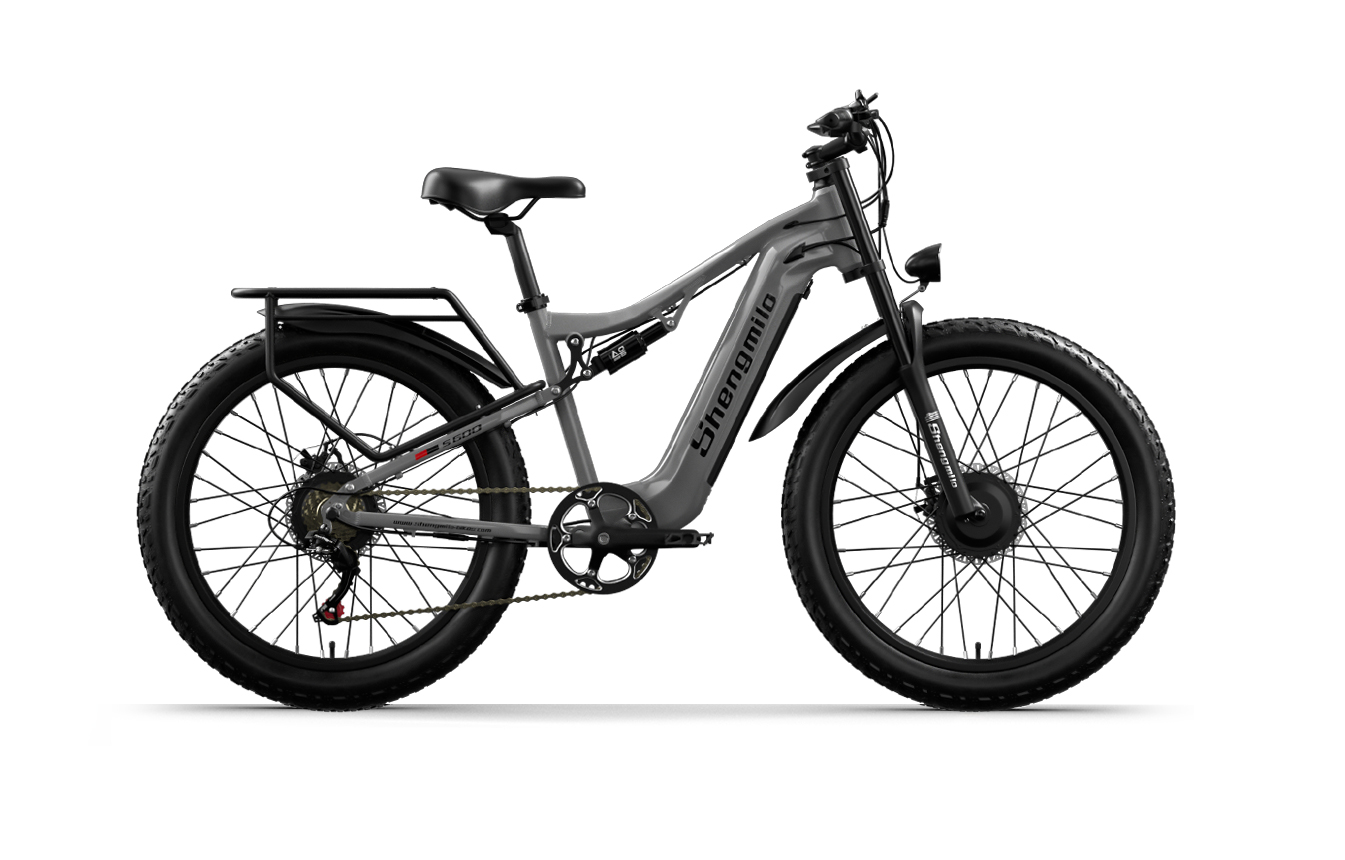
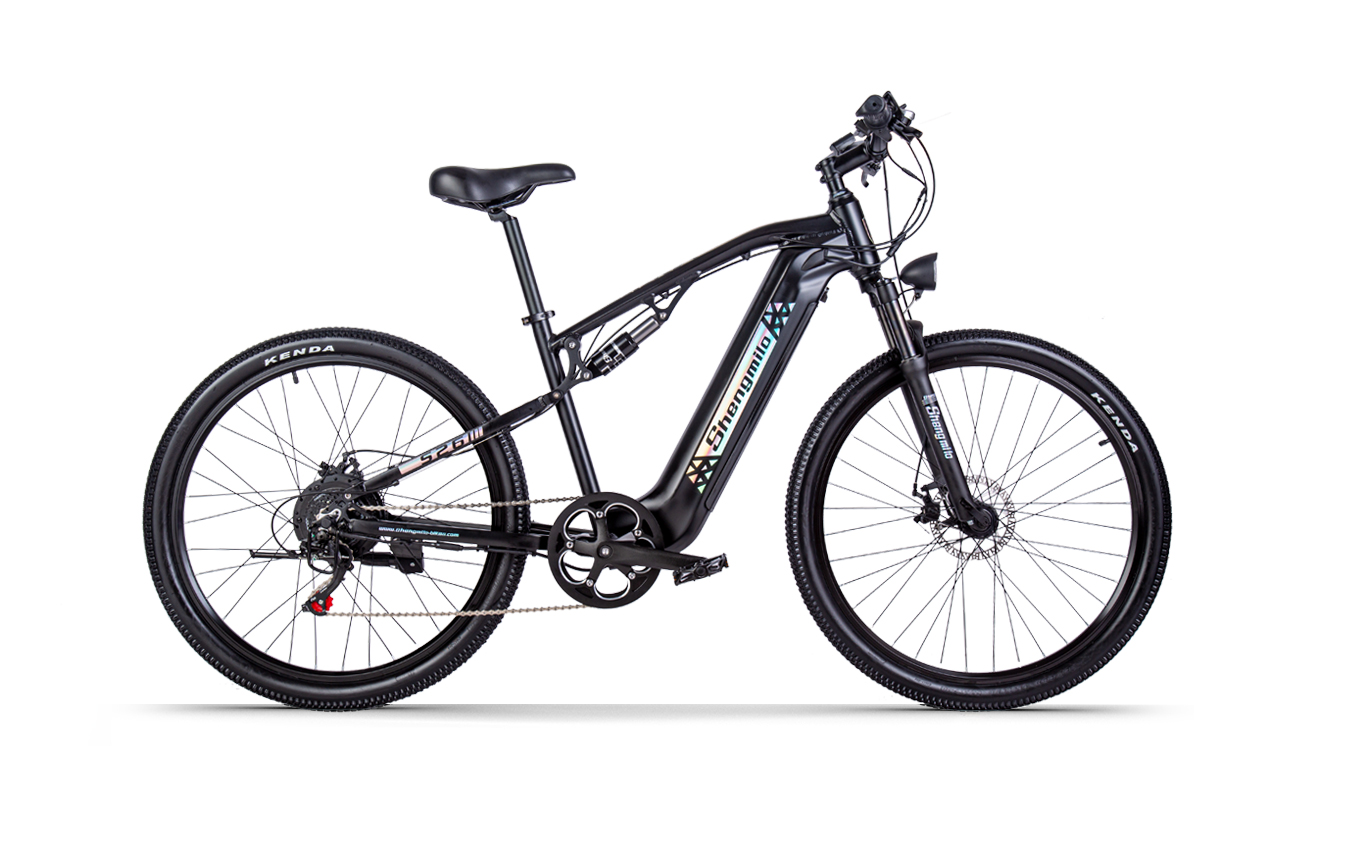
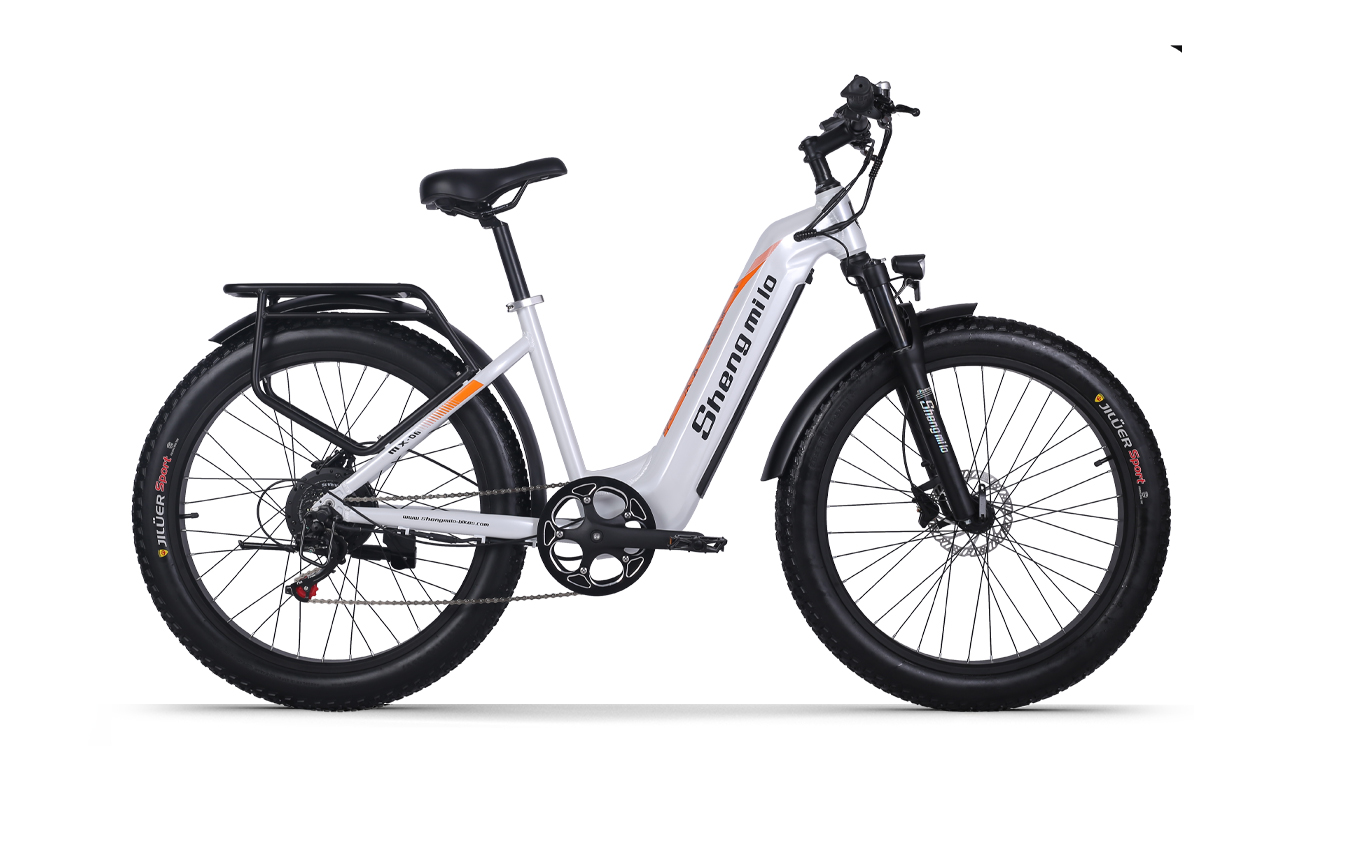
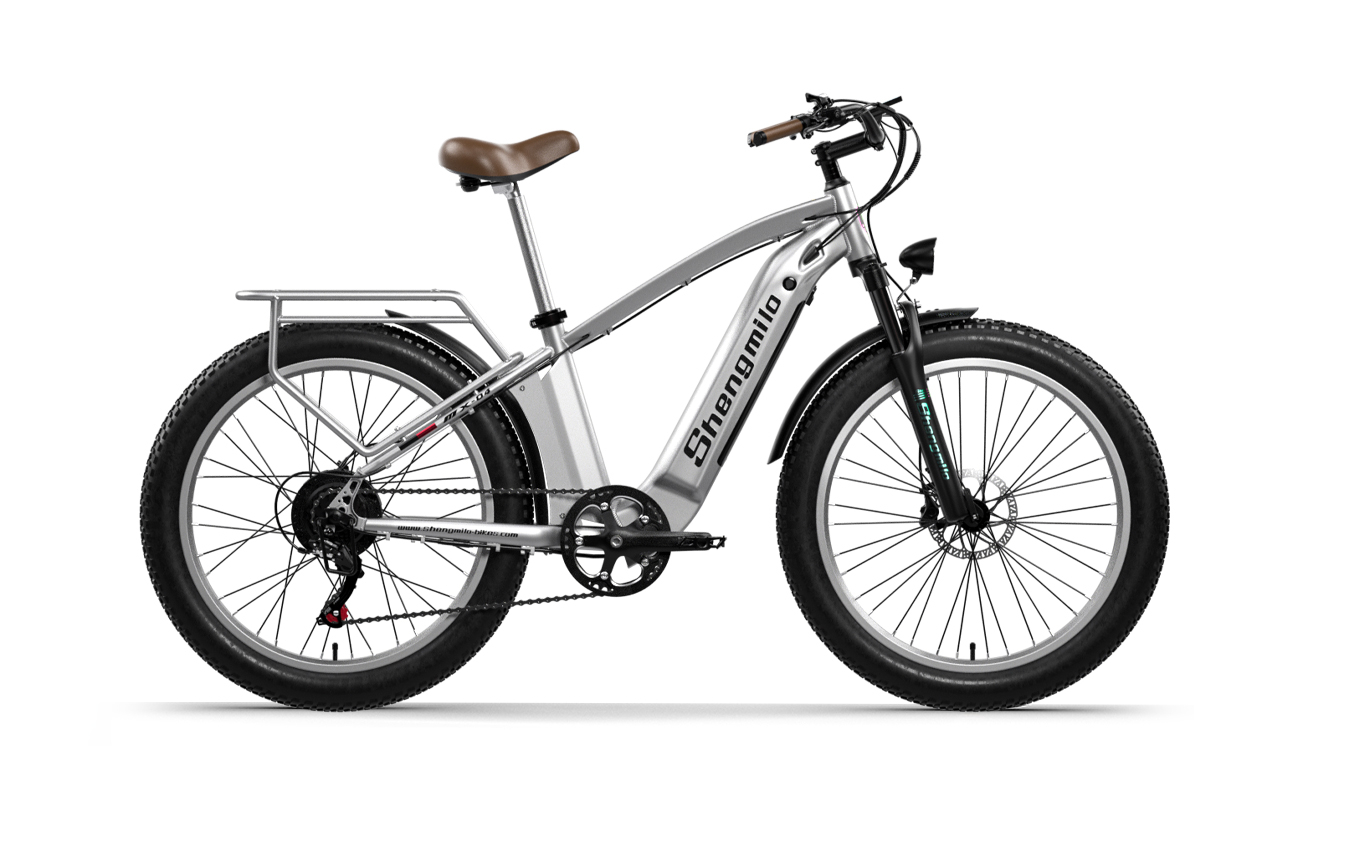
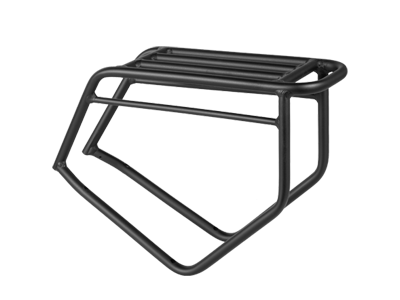
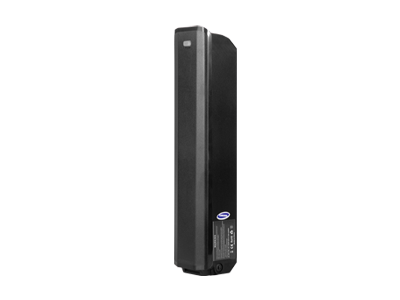
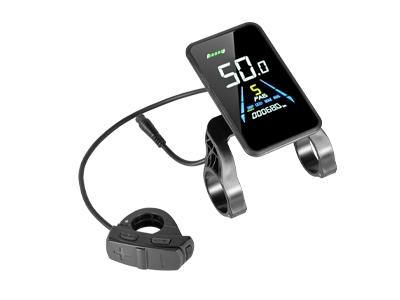
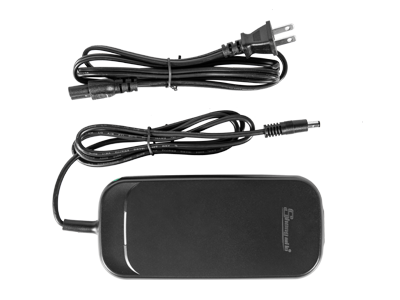
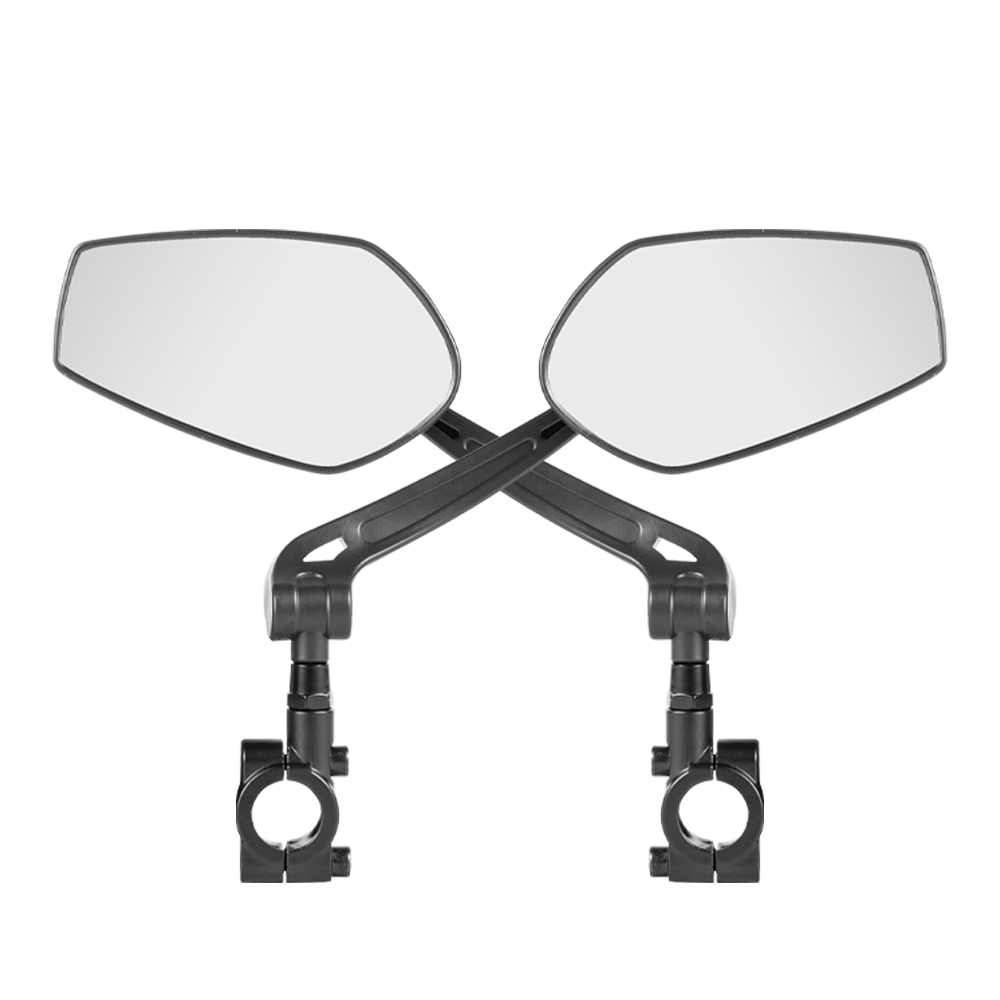
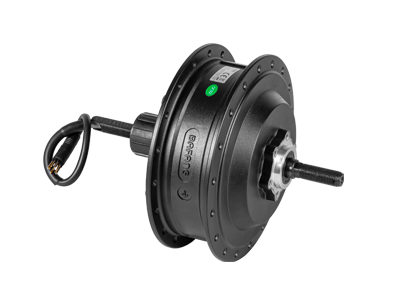
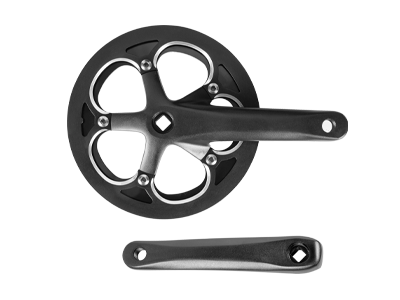
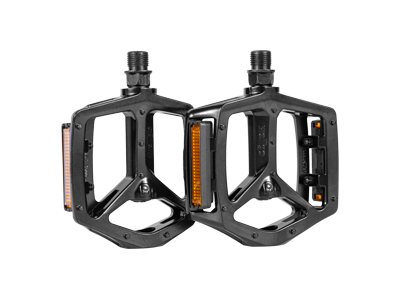
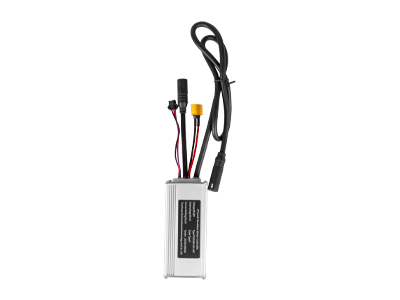
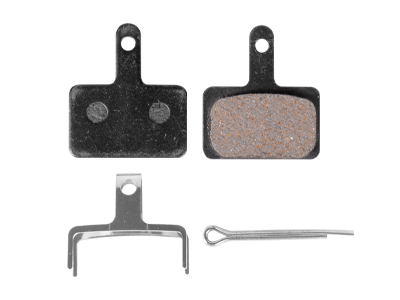
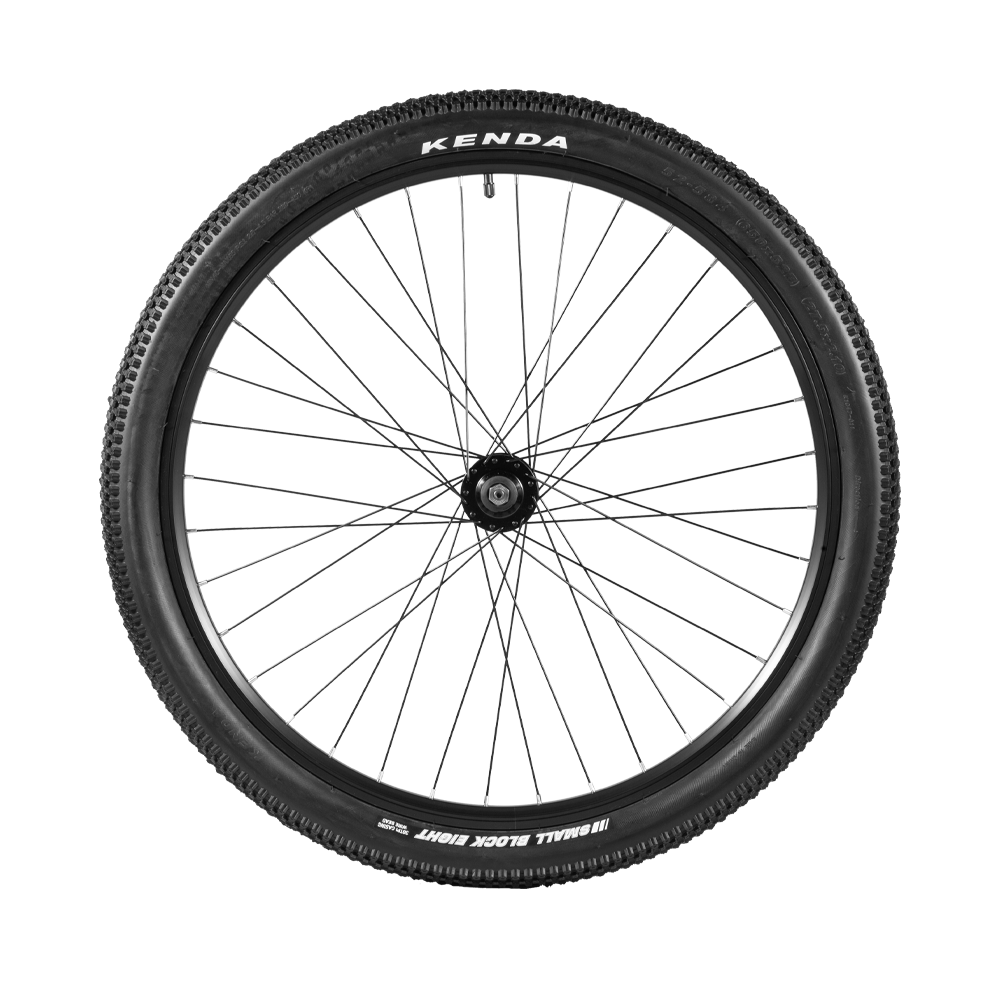



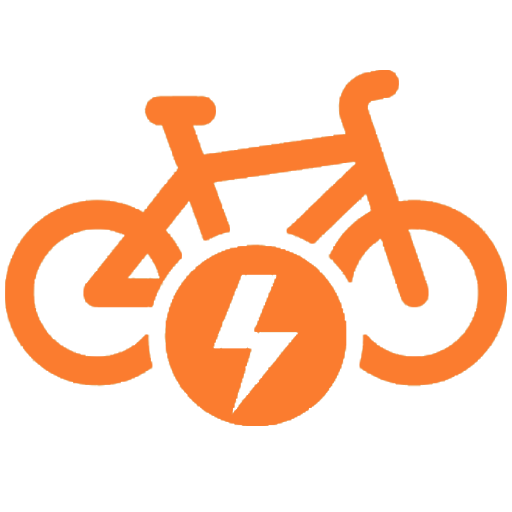


Leave a comment